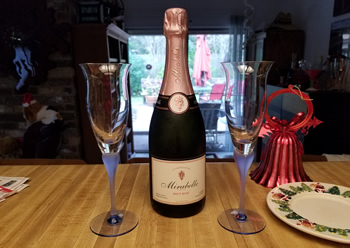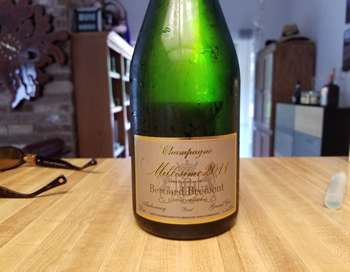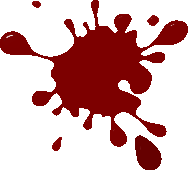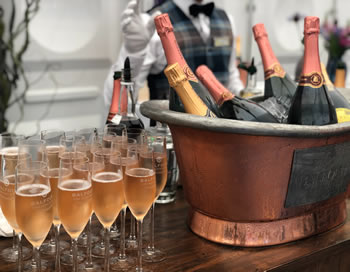CHAMPAGNE
CHAMPAGNE
Chardonnay, Pinot Noir, and Pinot Meunier are the three main grape varietals used to make Champagne. If the label reads “Blanc de Blancs” (white of whites), it must be made from 100% Chardonnay grapes. The best are elegant in style and an excellent choice when pairing with food. Top quality Blanc de Blanc vintage Champagnes are some of the longest lived of any category of sparkling wine. “Blanc de Noirs” (white of blacks) is white champagne made from the white juice of black-skinned grapes (Pinot Noir and Pinot Meunier). Pinot Meunier contributes aromatics and fruity flavors to the wine. Blanc de Noirs Champagne, overall, will reveal red and black fruit aromas. Rosé Champagne is made by adding a small amount of red wine, typically Pinot Noir, during blending. You will notice red-fruit aromas from the Pinot Noir. The styles can range from brambly fruit to delicate strawberry flavors.
Méthode Traditionnelle is the traditional method in making champagne. Still white wine is placed in a thick-walled bottle with sugar and yeast and sealed. At this point, this is just wine without bubbles. This secondary fermentation produces both carbon dioxide and spent yeast cells, or lees. Aging the wine on the lees produces a complex, creamy, distinctly champagne flavor.
-
The lees are removed from the bottle through the labor-intensive process of “riddling”, where the lees are collected in the neck of the bottle.
-
The bottles are then placed upside down in a frozen bath for a few minutes and disgorged from the bottle by removing the bottle cap, whereby the carbon dioxide pushes the frozen plug out of the bottle.
-
The final step, dosage, consists of a solution of wine and sugar being added to replace the frozen plug.
-
The bottle is then corked and wired down to secure the high internal pressure of the carbon dioxide.
French Champagne must be aged for a minimum of 15 months. If it’s a vintage Champagne (100% from one specific vintage), it must be aged for at least 3 years.
The varying degrees of sweetness in Champagne range from bone dry to sweet, depending upon how much sugar is added during dosage. Brut Nature has 0-3 grams per liter of residual sugar; Extra Brut contains 0-6 g/L; Brut has 0-12 g/L; Extra Dry has 12-17 g/L; Dry or Sec has 17-32 g/L; Demi-Sec has 32-50 g/L; Doux has over 50 g/L. Since one teaspoon of sugar equals four grams, then a bottle of Brut would have less than three teaspoons of sugar. Brut is by far the most common style of Champagne today.
The best temperature to open a bottle of Champagne is around 45-50 degrees Fahrenheit. If it’s warmer, the cork may release quicker due to the pressure inside of the bottle (picture an explosion of delicious liquid spraying all over!). 
Please don't waste another $20-$30 (or much more) drinking a disappointing champagne, let me show you how!
When you’re ready to open the bottle, first remove the foil, then grab the neck of the bottle with your left hand and place your thumb over the top of the cork. I like to place a towel around the bottle so that the heat of your hand does not affect the bottle pressure-sometimes it takes time and effort to remove the cork. Tilt the bottle away from you (assume it is a loaded gun) at a 45-degree angle and place the bottom of the bottle against your body. Twist the wire six times counter- clockwise (yes, it’s always six times!), remove the cage, then with a firm grasp hold the cork in place while you twist the bottle until the cork releases. If you reseal the bottle, it will last for approximately two days in the refrigerator. But why wait? Savor it when you first open it!
I hope you enjoyed this short journey through Champagne. When you are ready to try something new and need a little guidance in selecting the best-suited to your palate, fill out a Tasting Profile Sheet. I’m only an e-mail away from helping you discover the wonderful world of Champagne!

